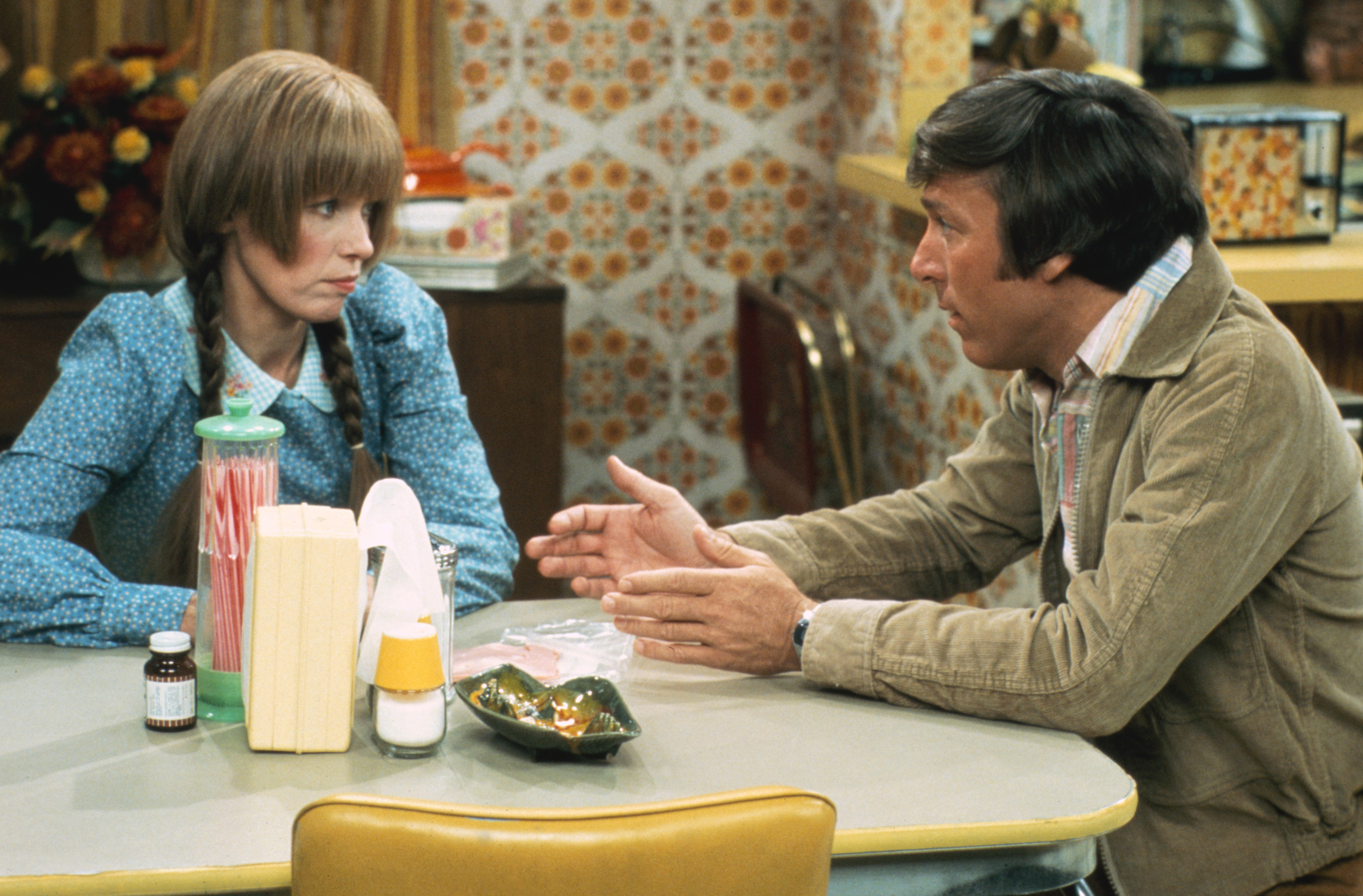Social Commentary and Relevance: Mary Hartman Mary Hartman

Mary hartman mary hartman – The sitcom “Mary Hartman, Mary Hartman” delved into various social issues that were prevalent during the 1970s, providing a sharp critique of American society. The show’s exploration of feminism, sexuality, and consumerism mirrored the cultural shifts and debates of the time.
Feminism, Mary hartman mary hartman
The show portrayed the changing roles of women in society, with Mary Hartman representing the traditional housewife and her daughter Heather representing the emerging feminist movement. The show explored the challenges and contradictions faced by women as they sought to redefine their place in the world.
Sexuality
“Mary Hartman, Mary Hartman” tackled issues of sexuality in a frank and often controversial manner. The show’s depiction of extramarital affairs, homosexuality, and premarital sex sparked debates about sexual morality and the changing norms of the time.
Consumerism
The show satirized the rampant consumerism of the 1970s, with characters constantly buying and discarding products. The show’s critique of the “buy now, pay later” mentality highlighted the dangers of excessive materialism.
Cultural Influence
“Mary Hartman, Mary Hartman” not only reflected the cultural landscape of its time but also influenced it. The show’s innovative format and provocative storylines pushed the boundaries of television and paved the way for more daring and socially conscious sitcoms.
Comparison to Other Sitcoms
Compared to other contemporary sitcoms, “Mary Hartman, Mary Hartman” stood out for its willingness to tackle controversial issues. While shows like “Happy Days” and “Laverne & Shirley” focused on more lighthearted themes, “Mary Hartman, Mary Hartman” delved into the darker and more complex aspects of American society.
Mary Hartman, Mary Hartman’s suburban soap opera saga intertwined with the quirky antics of the radio station WKR P in Cincinnati , creating a delightful tapestry of American life in the 1970s. As Mary Hartman navigated her tumultuous marriage and eccentric neighbors, the WKR P staff provided a hilarious backdrop, their offbeat characters and workplace misadventures adding a touch of levity to the soap’s often-heavy subject matter.
The iconic sitcom “Mary Hartman, Mary Hartman” not only captivated audiences with its satirical portrayal of American life but also launched the careers of many talented actors, including the late Fred Willard. Willard’s portrayal of the eccentric Reverend Jerry Hubbard brought both laughter and controversy to the show, further cementing “Mary Hartman, Mary Hartman” as a groundbreaking television series.
The quirky humor of “Mary Hartman, Mary Hartman” paved the way for other sitcoms like WKRP in Cincinnati , which also explored the complexities of everyday life with a touch of absurdity. Despite their different settings and characters, both shows shared a common thread: their ability to reflect the social and cultural landscape of their time, making them timeless classics in the annals of television history.
Mary Hartman, Mary Hartman, the beloved soap opera that captured the hearts of viewers in the 70s, shares a common thread with the equally iconic sitcom wkrp in cincinnati. Both shows celebrated the everyday lives of ordinary people, showcasing their triumphs and tribulations with a touch of humor and heart.
Mary Hartman, Mary Hartman’s quirky characters and surreal storylines left an enduring legacy, much like the unforgettable antics of the WKR crew.
In the realm of television sitcoms, “Mary Hartman, Mary Hartman” left an indelible mark. Its satirical brilliance and groundbreaking storylines continue to resonate today. However, news of the passing of Martin Mull, who played the memorable character of Reverend Eugene Oglethorpe, casts a somber shadow over the show’s legacy.
Despite the loss, the spirit of “Mary Hartman, Mary Hartman” lives on, reminding us of the enduring power of comedy and its ability to challenge societal norms.